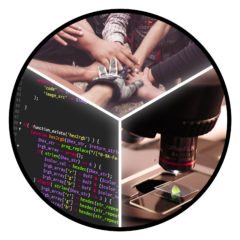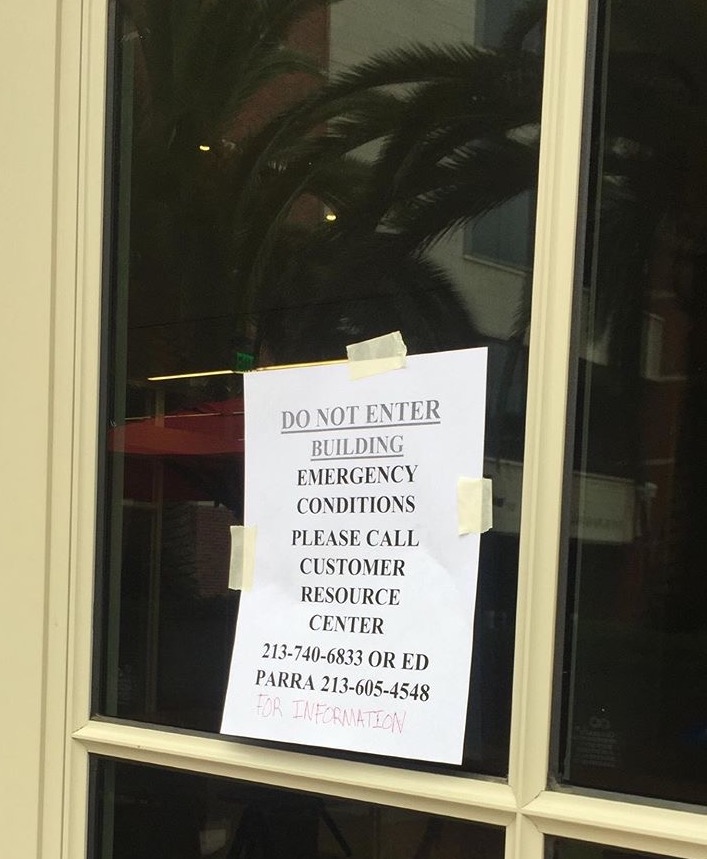A lot has been written about Journal Club meetings in academia and medicine. It mostly boils down to something like “10 ways to kick-ass at journal club presentation” or similar. There is not much discussion on how to make Journal Club an effective tool.
This stems from the fact that nobody treats Journal Club meetings as business meetings. Journal Club becomes a “discussion” in a terrible sense: there are no quantifiable goals, no concrete questions to be answered, no tangible results that can be recorded. Perhaps one exception is clinical journal clubs where the concrete question is whether given research paper helps us to treat patients better.
In academic circles goal of the Journal Club is often “to keep up with the recent research” or “sharpen debate skills and critical thinking”. This is nebulous, unmeasurable, ultimately unachievable in any progressive fashion. The goal of this article is to offer tools that would make JournalClub meetings more productive by specifying set of goals.
First, person in charge of the Journal Club (the main stakeholder in the group) should state clearly goals of the meeting. For example, PI can say (and regularly repeat):
I want us to read papers and learn what experiments we can do better than others using our awesome technology
Or perhaps, we want to learn new statistical methods; or new optical techniques; or new model organisms. Or we want to borrow experimental approach; or compare our approach to another group’s one. That doesn’t matter, what matters is trying to be precise in the language.
That naturally allows for deliverable at the end of the meeting. For example:
- List of statistical methods, that were used properly, and should be learned
- A comparison of published experiment with potential experiment achievable with technique available in your lab
- A published experiment that we should do with another transgenic line or animal model
- An engineering trick that can be borrowed or improved
- List of mistakes authors made, including wrong methods or strong assumptions
- Critique of the figures for clarity and information density; how figures can be improved
When the goal is set precisely, the meeting turns into a work meeting to achieve a goal, and not a discussion to kill time. Participants now have a sense of purpose, common goal, and at the same time responsibility. Members of the team know when the meeting is “done“, that is when the goal is reached.
Journal Clubs are often seem to be a terrible way to spend time, and we would argue that is because the goal-setting is too abstract or even never provided. The public and loud statement of the goal from the senior managers (PIs) would provide concrete reason for everyone to be in the room and simple checklist-style way to know that meeting is a success.
PS: useful general dichotomy can be “paranoid vs reparative reading“


